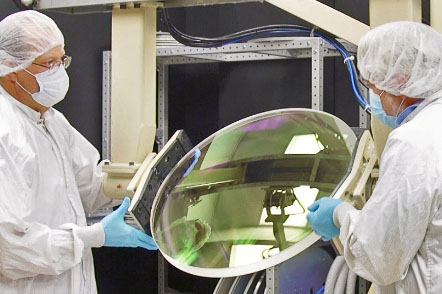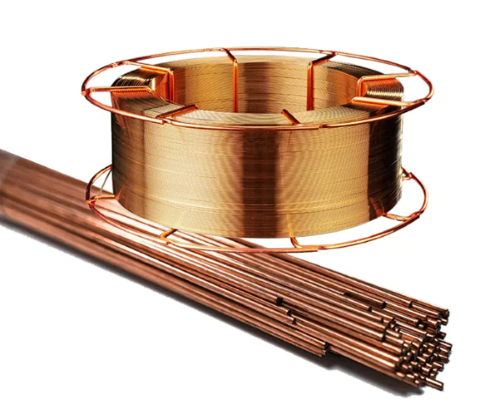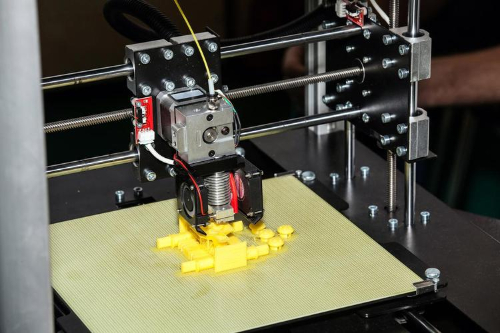Several Important Aspects of High-entropy Alloy That You Must Know
Introduction
High-entropy metal alloys (HEAs) are a new class of materials that have emerged as promising alternatives to traditional alloys. Here are some important facts to consider about HEAs. Hope that you can have a better understanding of these materials of the future.
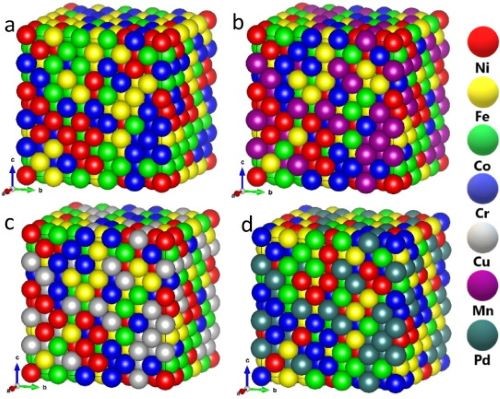 [1]
[1]
Figure 1. Examples of High-entropy Alloys
What Is High-entropy Alloy?
--Definition
High-entropy alloy, or HEA, is an advanced material with 5 or more comprising metallic elements, disordered structures, and high entropy. HEAs are quite different from traditional alloys. They are not based on one majority component but are composed of several principal elements. Namely, HEA contains at least 5 elements, and the proportion of every element is equal or approximately equal. These alloys are also characterized by high entropy, thus leading to their unique properties and applications.
--Properties
HEAs have a superior combination of properties that are not found in traditional alloys. These features include high strength, ductility, and thermal stability. These alloys also exhibit excellent wear resistance, corrosion resistance, and high-temperature properties, which make them an ideal candidate for use in harsh environments.
For instance, VNbMoTaW possesses a high yield strength of over 600 MPa (87 ksi)) even at a temperature of 1,400 °C. CoCrFeMnNi has exceptional low-temperature mechanical properties and high fracture toughness. While Al0.5CoCrCuFeNi features a high fatigue life and endurance limit compared with conventional steel and titanium alloys.
--Production
The production of HEAs requires specialized techniques, such as powder metallurgy, electrodeposition, and mechanical alloying, due to their complex composition and microstructure. A majority of them are made with arc melting and induction melting. Sputtering, molecular beam epitaxy (MBE), or mechanical melting can also be employed. These techniques allow for the creation of HEAs with tailored characteristics and microstructures, which are suitable for specific applications.
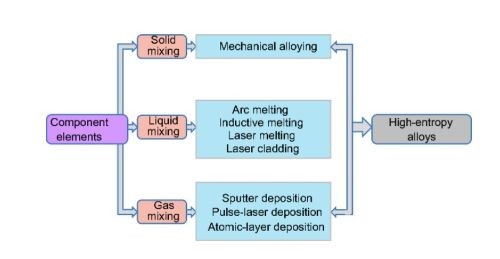
Figure 2. HEA Production Methods
--Application
HEAs have shown promise in various applications, including high-temperature thermoelectric applications, wear-resistant coatings, and structural materials. They have also been explored for use in aerospace, automotive, and biomedical applications. The unique combination of properties exhibited by HEAs makes them an ideal candidate for use in harsh environments, where traditional alloys may fail.
You can also find HEAs applied to the automobile industry to make engine parts, drivetrain components, and other structural equipment. Additionally, these alloys are promising materials for nuclear applications thanks to their resistance to radiation and corrosion.
Four Founding Principles of High-entropy Alloy
Let’s continue the article by learning about the founding principles of HEAs.
1. The Entropic Stabilization of Solid Solutions
The first core effect is entropic stabilization. It refers to the phenomenon where the high configurational entropy leads to the stabilization of the solid solution phase. This means the solid solution is more stable than the intermetallic phase due to the lower Gibbs energy. [2]
2. The Severe Distortion of Their Lattices
Secondly, the HEA lattice is significantly distorted due to the size differences between the alloying elements, which has multiple effects on the HEA's physical and mechanical properties.
3. Sluggish Diffusion Kinetics
Also, HEA shows slow diffusion kinetics. This is mainly because atoms diffuse more difficultly through solid solutions with high concentrations of many elements.
4. The Cocktail Effect
Last, HEA compositions are complex since multiple elements interact with each other, leading to unusual behaviors that cannot be predicted based on the properties of individual elements. This phenomenon is called the cocktail effect. These inter-element interactions can result in special yet hard-to-predict properties.
Conclusion
In a word, high-entropy alloys offer an exceptional combination of properties, specialized production methods, and suitability for various applications. They are also well-known for (1) the entropic stabilization (2) the severe distortion of their lattices, (3) sluggish diffusion kinetics, and (4) the cocktail effect. As research into HEAs continues, it is likely that their full potential will be realized, leading to the development of even more advanced materials for use in various applications. Stanford Advanced Materials (SAM) is a trustful supplier of high-entropy alloys. Send us an inquiry, if you are interested.
Reference:
[1] Saro San, Yang Tong, Hongbin Bei, Boopathy Kombaiah, Yanwen Zhang, Wai-Yim Ching, First-principles calculation of lattice distortions in four single phase high entropy alloys with experimental validation, Materials & Design, Volume 209, 2021, 110071, ISSN 0264-1275, https://doi.org/10.1016/j.matdes.2021.110071.
[2] Pickering, E., & Jones, N. (2016). High-entropy alloys: A critical assessment of their founding principles and future prospects. International Materials Review. https://doi.org/10.1080/09506608.2016.1180020

